The problem is that climate scientists do not know what we, the human race, are going to do with regard to our greenhouse gas emissions. To get a range of options the climate scientists went to sociologists and asked them to work out what was possible and what might happen and the result was a series of four pathways that we might follow.
The chart above, on the right, shows the two extreme options in dark blue (RCP2.6) and dark red (RCP8.5) and the two intermediate are shown in the far right column in light blue (RCP4.5) and light red (RCP6.0).
The RCP2.6 etc. are the Representative Concentration Pathway and the numbers refer to the Watts per square meter of climate forcing. The numbers themselves are not a lot of help but the scenario enables us to understand where we are going.
You can stop smiling because that is clearly not going to happen and that means that you can remove the bottom part of any range of options.
The next option is RCP4.5 which is what most people would consider an extreme change to our lifestyle, achievable but highly unlikely and I think we can safely remove the second level of uncertainty. This leaves us with the more realistic RCP6.0 and RCP8.5 which makes it a lot easier to read the graphs and here is one from NOAA on sea level rise using the IPCC criteria.
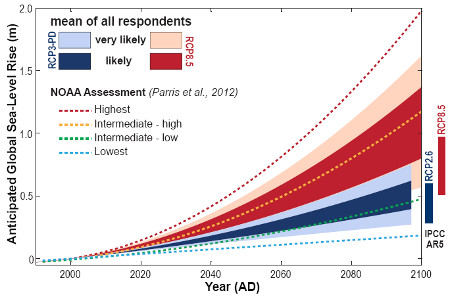
There will almost certainly be a sudden collapse of one or more ice shelves before the end of the century so your guess as to the timing and the result is as good as anyone else.

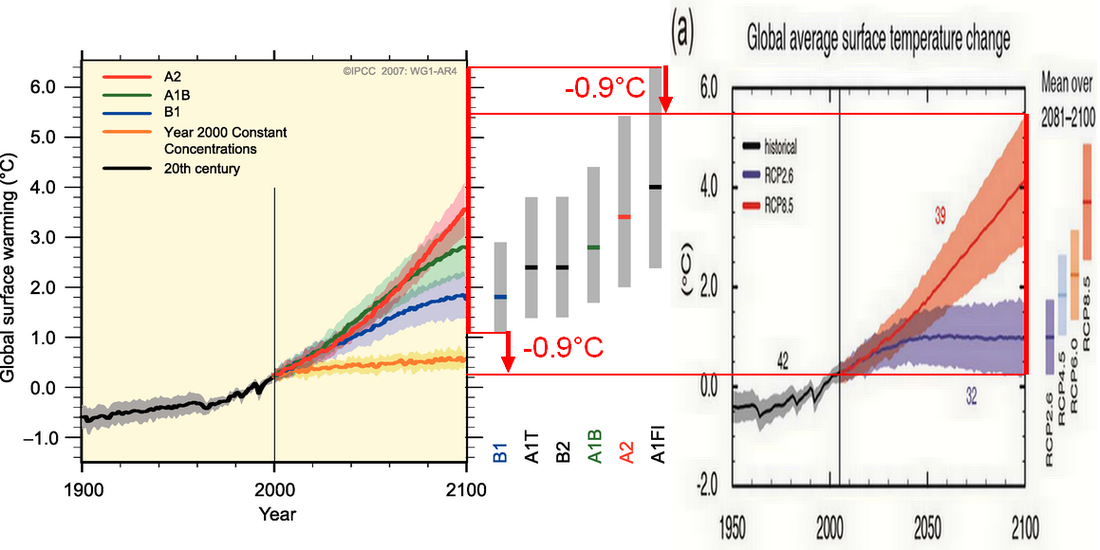
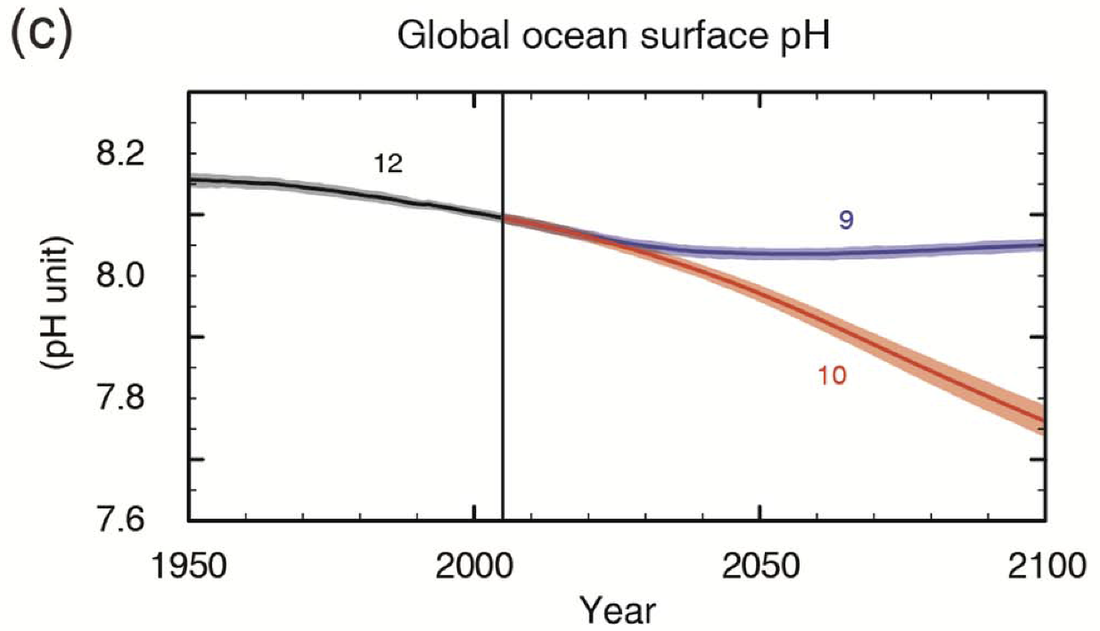
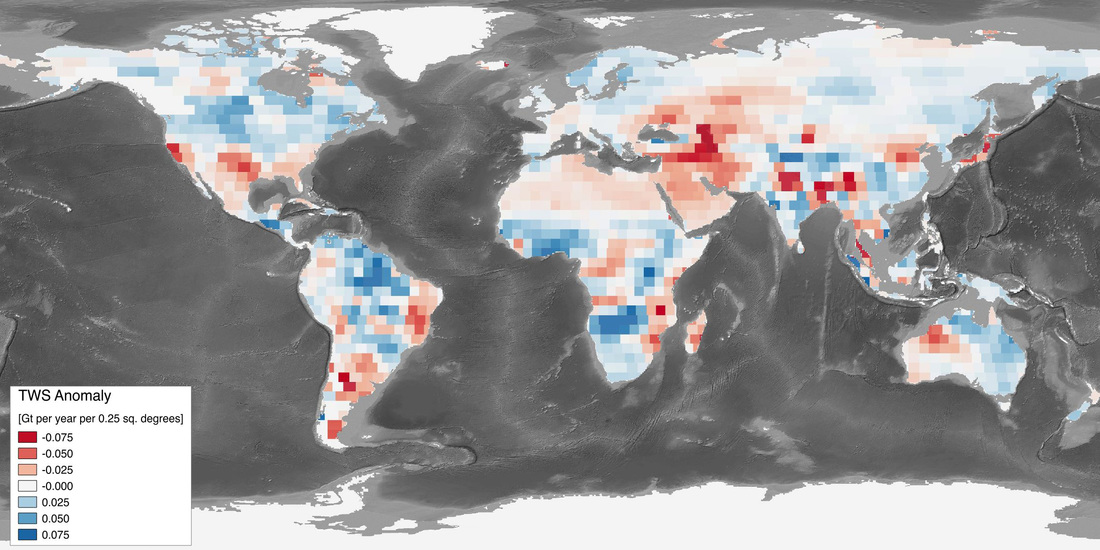
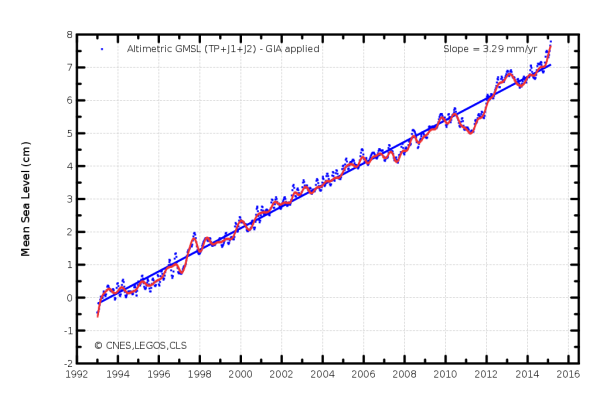
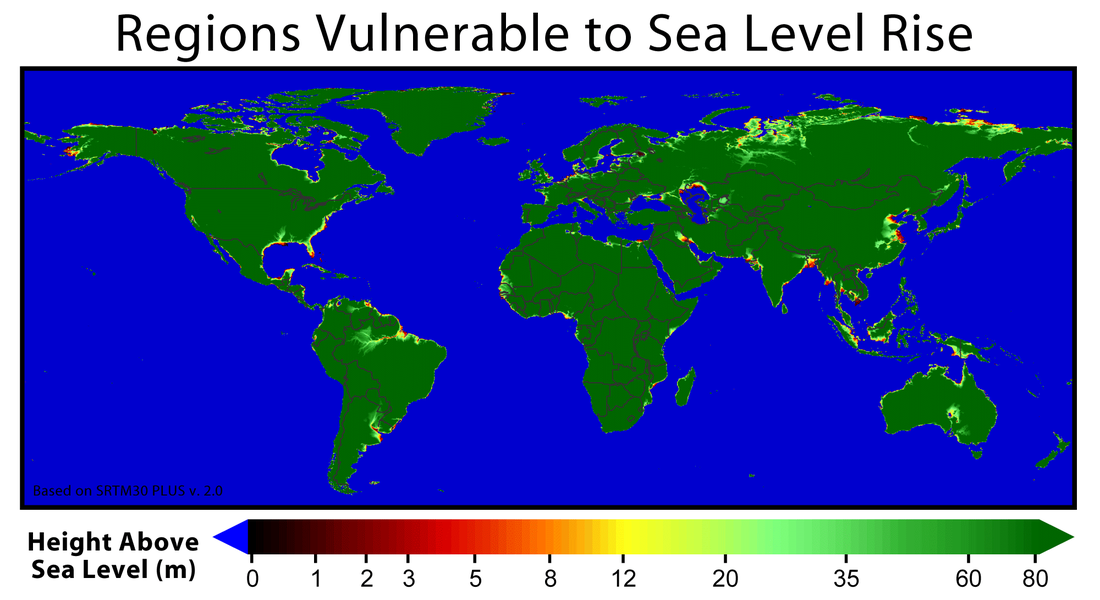
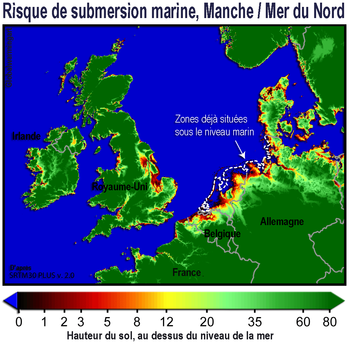
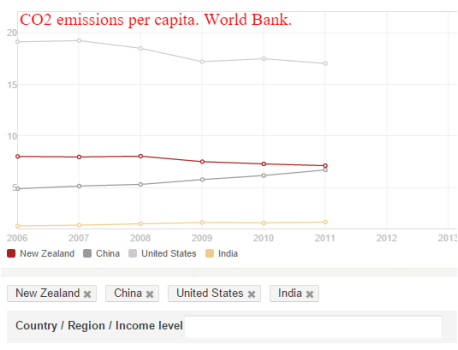
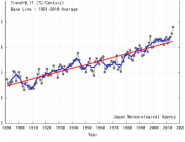

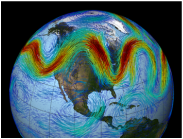

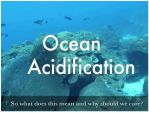
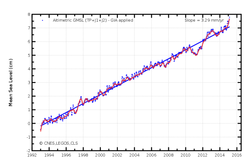

 RSS Feed
RSS Feed